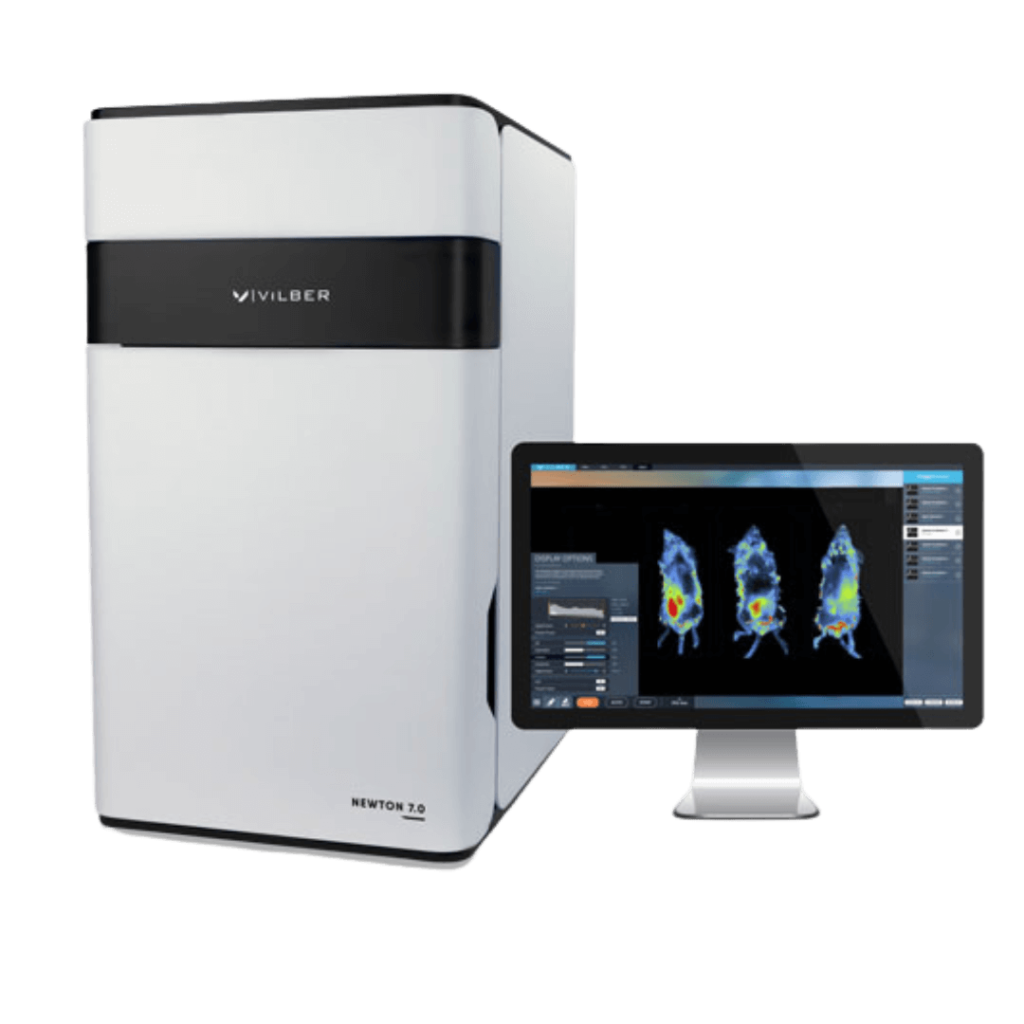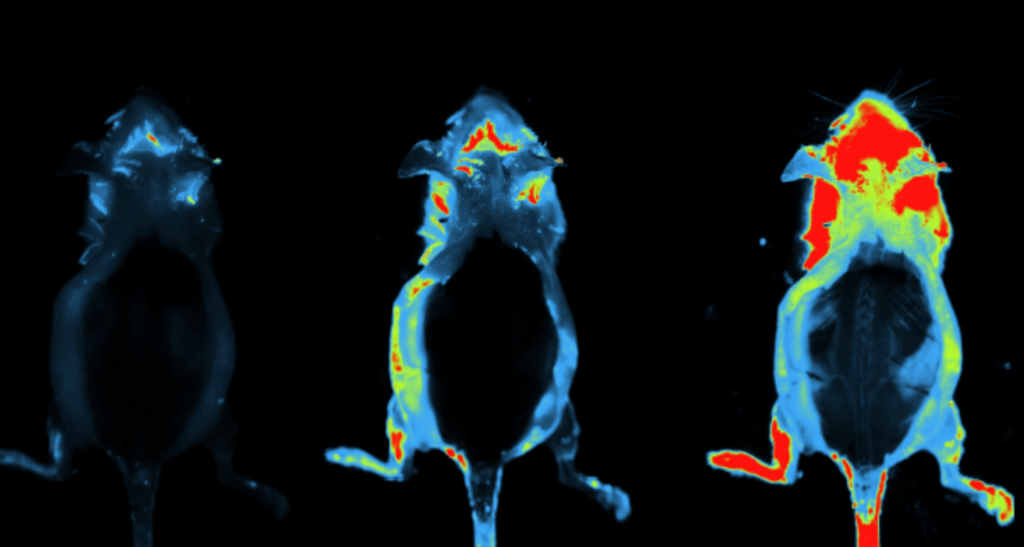Article Review: Brain Accumulation and Toxicity Profiles of Silica Nanoparticles:
System Used:
Newton 7.0

The Influence of Size and Exposure Route
Today, nanoparticles, any material with a dimension of under 100 nm, have been used in consumer goods, biology, and medicine. These particles can find their way into organisms as a byproduct of certain conditions, such as, working in factories with aerosols or living in cities that suffer from high air pollution1. Nanoparticles elicited responses within the body are not well known, though, and nanoparticle toxicity to humans has frequently been questioned2. For example, certain particulates from long-term pollution exposure have been shown to accumulate in the olfactory bulb neurons and the frontal lobe causing neuroinflammation and a potential risk factor for Alzheimer’s and Parkinson’s disease3,4. Understanding the route nanoparticles take to get inside the body, as well as the subsequent impact on specific organs, is becoming crucial.
In this publication, Wei et al. show that nanoparticle exposure through two different routes, either intranasally (through the olfactory nerve pathway) or intravenously could have highly different outcomes on the organism5. After nanoparticle exposure, major organs were harvested, and the ex vivo tissues were fluorescently imaged using the Newton 7.0 Optical Imaging System. The researchers found that the brain was the primary target for nanoparticle accumulation for both exposure routes; however, subsequent experiments showed that, unlike intravenous injection, intranasal nanoparticle exposure led to neurotoxicity, evidenced by degenerated neurons, neuronal cell death, and severe brain lesions. This work further demonstrates that additional studies are required to fully understand the impact of these widely used materials and the potential harm to the people who are exposed to them.
It should be noted that ex vivo tissues were fluorescently imaged using The Newton 7.0 in this work; however, The Newton 7.0 is capable of both fluorescent and bioluminescent in vivo imaging of small animal models noninvasively and longitudinally. For more information on how the Newton 7.0 Optical Imaging System can help you meet your research goals, please visit our website page here or reach out to Scintica Instrumentation to discuss your specific research applications and needs.
References
1. Murthy SK. Nanoparticles in modern medicine: State of the art and future challenges. Int J Nanomedicine. 2007;2(2):129. Accessed June 29, 2022. /pmc/articles/PMC2673971/
2. Yang W, Wang L, Mettenbrink EM, Deangelis PL, Wilhelm S. Nanoparticle Toxicology. https://doi.org/101146/annurev-pharmtox-032320-110338. 2021;61:269-289. doi:10.1146/ANNUREV-PHARMTOX-032320-110338
3. Calderón-Garcidueñas L, Solt AC, Henríquez-Roldán C, et al. Long-term air pollution exposure is associated with neuroinflammation, an altered innate immune response, disruption of the blood-brain barrier, ultrafine particulate deposition, and accumulation of amyloid beta-42 and alpha-synuclein in children and young adults. Toxicol Pathol. 2008;36(2):289-310. doi:10.1177/0192623307313011
4. Uptake of metals in the brain via olfactory pathways – PubMed. Accessed August 31, 2022. https://pubmed.ncbi.nlm.nih.gov/10385882/
5. Wei W, Yan Z, Liu X, et al. Brain Accumulation and Toxicity Profiles of Silica Nanoparticles: The Influence of Size and Exposure Route. Environ Sci Technol. Published online June 21, 2022. doi:10.1021/ACS.EST.1C07562/SUPPL_FILE/ES1C07562_SI_001.PDF
